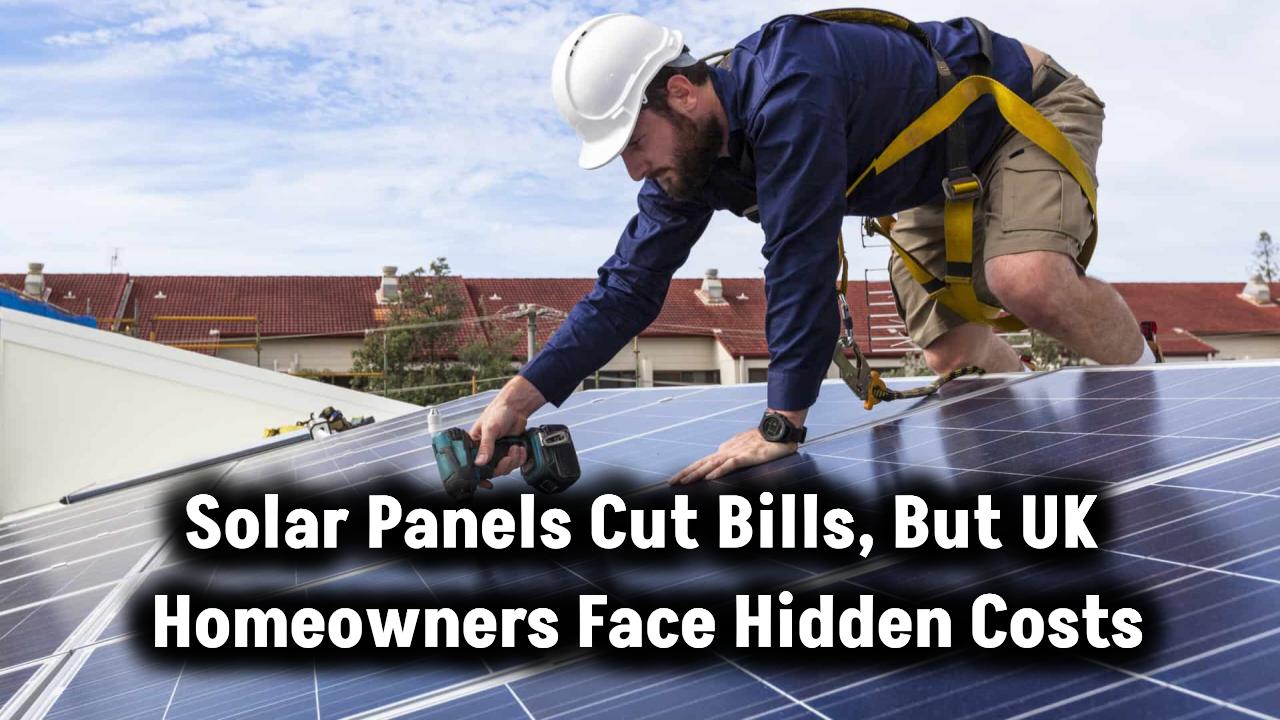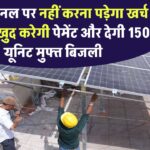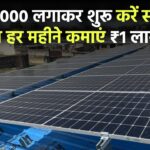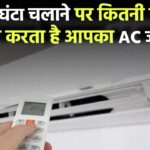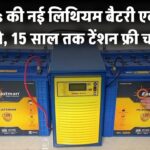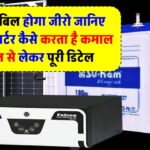
Flexible solar cells are making headlines around the world, and for good reason. Flexible solar cells smash efficiency records, achieving performance levels once thought impossible. With these new advancements, the clean energy sector is stepping into an exciting new era, offering promising solutions for our growing energy needs while protecting our planet.
In this article, we’ll explore what flexible solar cells are, how they broke records, and what this means for the future of renewable energy. Whether you’re a curious student, a green-tech enthusiast, or a renewable energy professional, you’ll find valuable insights here.
Also Check: Solar System Secrets: Install Your Fronius Inverter Like a Pro and Maximize Output!
What Are Flexible Solar Cells?
Flexible solar cells are thin, lightweight solar panels that can bend and flex without breaking. Unlike traditional rigid solar panels, these flexible versions can be installed on curved surfaces like car roofs, building facades, backpacks, or even clothing.
They are usually made from materials like perovskites and CIGS (Copper Indium Gallium Selenide), known for their efficiency and flexibility. This new generation of solar cells is not just about saving space – it’s about opening up a whole new world of applications for solar power.
Why Are Flexible Solar Cells Important?
- They can be integrated into everyday objects.
- Perfect for mobile and off-grid applications.
- Lightweight and easy to transport.
- Less material usage compared to rigid panels.
- Potential for cost reductions as technology advances.
In short: Flexible solar cells can bring clean energy where traditional panels can’t go.
How Flexible Solar Cells Hit New Highs
In 2025, researchers made history:
- Chinese scientists at the Ningbo Institute of Materials Technology and Engineering (NIMTE) developed a flexible perovskite/CIGS tandem solar cell that achieved a record-breaking efficiency of 24.6%. Even after bending 3,000 times, the cells retained over 90% of their initial efficiency (source).
- Korean researchers from the Korea Institute of Energy Research (KIER) reported a flexible solar cell efficiency of 23.64%, setting a world record for lightweight flexible devices (source).
These numbers may seem small, but in the world of solar energy, every percentage point is a giant leap forward.
Also Check: Beat the Heat and Save Big! How Solar Panels Can Slash Your Summer Electricity Costs
The Technology Behind the Success
What Makes These Cells Special?
The researchers used smart, science-driven techniques:
- High-polarity solvents: Improved adhesion between different layers of the solar cell.
- Computational modeling: Predicted and suppressed potassium diffusion, which normally causes defects.
By combining perovskite materials (great at absorbing sunlight) with CIGS (known for stability and flexibility), they created solar cells that are both efficient and tough.
“It’s like combining the best player from two different sports teams to create an unbeatable champion.”
Practical Example
Imagine a flexible panel installed on a drone’s wings, allowing it to fly longer without needing heavy batteries. Or think about soldiers carrying ultra-lightweight solar fabrics to charge their gear on the go. These aren’t science fiction ideas anymore – they’re quickly becoming reality.
How Flexible Solar Cells Work
1. Sunlight Hits the Cell
Photons (light particles) from the sun strike the flexible solar cell.
2. Energy Conversion Begins
The perovskite layer absorbs most of the sunlight and starts converting it into electrical energy.
3. CIGS Layer Takes Over
Any leftover sunlight passes through to the CIGS layer, which absorbs additional energy.
4. Electricity Flow
Both layers work together to create an electric current, which is captured and used.
5. Durability Features
Because of their unique construction, these solar cells can bend and flex without losing much efficiency.
Real-World Applications of Flexible Solar Cells
- Wearable Technology: Jackets that charge your phone.
- Transportation: Solar-powered cars, buses, and drones.
- Architecture: Solar panels built into windows and walls.
- Emergency Services: Portable solar sheets for disaster relief areas.
- Space Exploration: Lightweight solar arrays for satellites and space stations.
The future is about integrating solar power into everyday life – seamlessly and smartly.
Challenges Facing Flexible Solar Cells
While the future is bright, some challenges remain:
- Scalability: Mass production without quality loss is difficult.
- Longevity: Although better, flexible cells still have shorter lifespans than traditional silicon panels.
- Cost: Advanced manufacturing processes can be expensive.
- Environmental Concerns: Proper recycling methods for materials like perovskite need to be developed.
Researchers and companies worldwide are working hard to address these issues and make flexible solar a mainstream reality.
Also Check: Tesla Powerwall 3 Launches in Sydney – Is This the Ultimate Game-Changer for Your Energy Bills?
(FAQs)
1. Are flexible solar cells as efficient as traditional ones?
They are getting very close! While traditional silicon panels hover around 22-25% efficiency, the best flexible cells are now achieving similar numbers.
2. Are flexible solar cells durable?
Yes. Recent tests show they can survive thousands of bending cycles while maintaining over 90% efficiency.
3. Where can I buy flexible solar panels?
Several companies now offer flexible panels for consumers. For official information, you can check out resources like Energy.gov.
4. Are they expensive?
Prices are coming down. As production scales up, flexible solar panels will become even more affordable.


